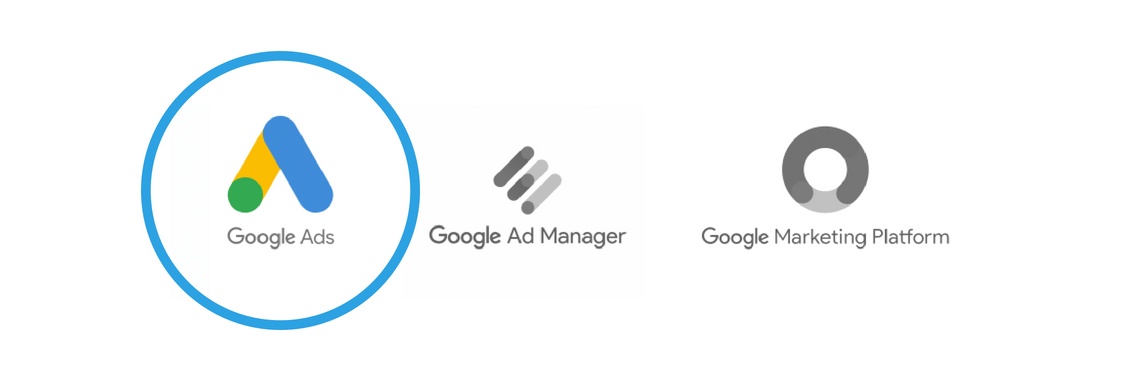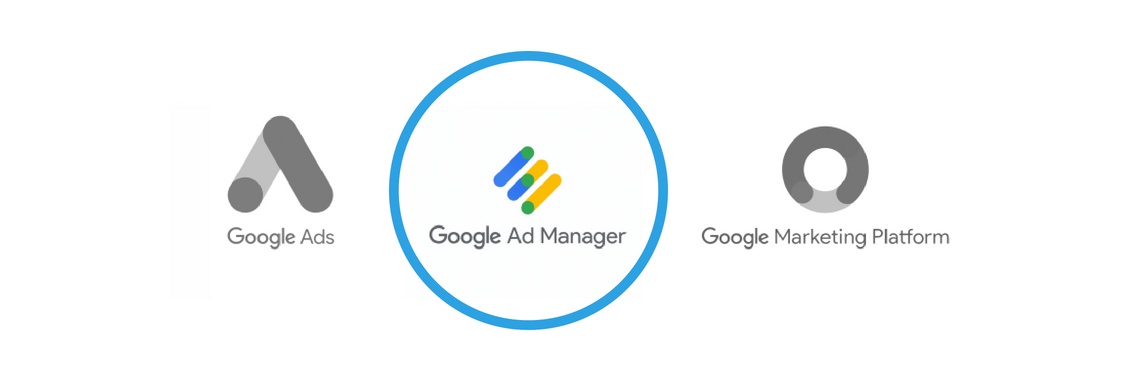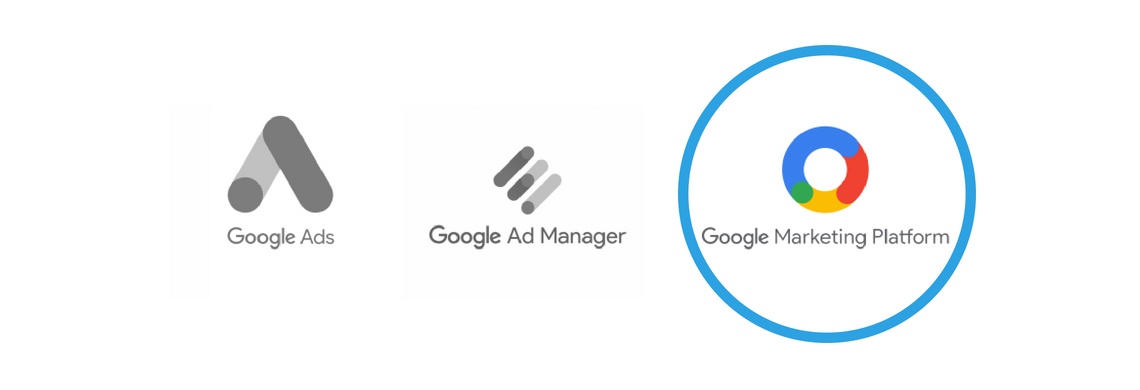On July 10th, Google rolled out some relatively large changes to their core marketing and analytics tools and it could affect the results you’re getting from your current digital marketing efforts through Google’s suite of tools and resources. Here’s a quick recap of the changes and what they mean for you:
Google AdWords Is Now Google Ads

Source: Google.com
Starting July 24th, Google AdWords will become Google Ads. This is more of a rebrand to avoid confusion more than anything. Google’s ad capabilities have become much more than just paid search over the years. The Google Ads platform allows users to create ads for Google Search, Google Maps, Google Play, and YouTube.
In addition to the rebrand, Google rolled out some new features to AdWords as well. It’s clear that machine learning is front and center at Google, as many of the announcements centered around this technology.
For Google Ads, the firm is rolling out “Responsive Search Ads.” This is meant to replace manual A/B testing for ads by allowing Google Ads to use variations of ad titles and ad copy to select the highest performing combination. The amount of text space available has also increased by 90 percent, meaning there is more room to explain the value of why someone should click.
Speed was another theme at the keynote. Landing page speed has always been a factor in the ad relevance score for Google Ads. Google has now built in a landing page speed testing tool that’s native to the Google Ads platform, so you know if your page will perform well or not. This tool rates your page on a scale of one to 10, and is available immediately.
Google Ad Manager

Source: Google.com
Another big (and expected) announcement was Google sunsetting the DoubleClick brand. DoubleClick Ad Exchange and DoubleClick for Publishers are merging and will become Google Ad Manager. This fits Google’s overall theme of tool consolidation. Marketers know that there always seems to be a tool for everything…meaning, there are different places we need to go to do each thing as well. Fewer, but more integrated tools, is definitely a positive thing.
Google Marketing Platform

Source: Google.com
While the brand name change and new ads types were definitely the flashy items, Google Marketing Platform was really the biggest announcement of the day. Google Marketing Platform combines many of Google’s existing analytics tools, and adds a few additional resources.
Once again, the idea here is tool consolidation. Today, a marketing manager for a small business who does little digital marketing at a minimum would need to use Google Ads analytics, Google Analytics, and Google Tag Manager. This can lead to segmented data and often wasted time.
Google Marketing Suite is combining most of Google’s Analytics tools (search console still isn’t seen here, however, this data can be integrated with Google Analytics so we will see) in one place. Visibility for search, display, and video ads can be combined with website analytics for users.
The other big announcement with Google Marketing Suite was the ability to track users across devices. This functionality exists in many marketing automation tools (i.e. SharpSpring), but it typically requires a user to be a known contact in a database. With Google Analytics, we can identify an individual user without knowing who they are, as long as they are logged into their Google account (By the way, most people often are logged into their Google account even without knowing.) This is useful because we will be able to see behavioral trends from users across the devices they use to access online information. It is one thing to see how known contacts act differently… but having data on how potential contacts act prior to conversion across devices is extremely useful.
What This Means for Tech B2B Companies

How these changes may affect you really depends on how sophisticated your current marketing efforts are. If you’re a marketing manager at a company doing a significant digital spend, you are about to see a lot of changes. The way you do things won’t change, but the tools you use and the data points available to you will change. If you are a small business owner who does a minimal amount of digital marketing, you probably won’t notice much of a difference. If anything, you’ll need fewer tools to understand what’s happening with your digital properties.
Final Takeaway: Google’s Changes Streamline the Ad-to-Lead Conversion Process
All of the moves are logical and make sense. The marketing world is known for having too many tools, and Google’s recent changes helps consolidate some of the major ones. For Google, it makes showing the full user experience from a paid ad to conversion (either purchase or lead) much easier for the novice user. It also makes buying, setting up, and tracking an ad much easier to do. It’s clear Google sees SMB ad spend shifting to Facebook simply because it’s so easy to set up an ad in Facebook Ad Manager.
With data privacy being top of mind now more than ever, Google is really trying to enhance it’s data tracking capabilities, while also giving users every single chance to “opt out.” Google is smart enough to understand that when the default is “opt in,” the path with fewer steps is for the user to remain opted in. It will be interesting to see how this plays out over the next 12 months at next year’s keynote.